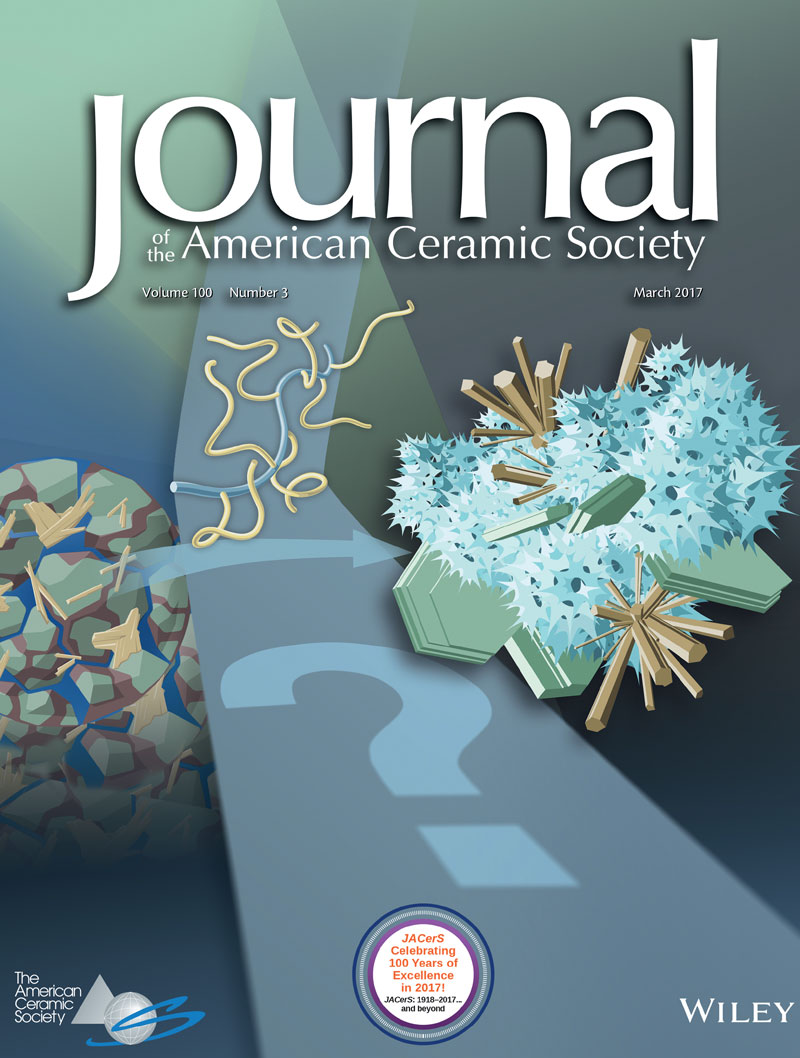Feature paper in Journal of the American Ceramic Society
The core findings from the PhD of Ms. Delphine Marchon, carried out in collaboration with Sika Technology AG have been published as a feature paper in the Journal of the American Ceramic Society. An essential outcome of this work is to unravel the connection between the molecular architecture of PCE superplasticizers with the retardation of cement hydration.

Abstract
The impact of organic compounds on the processing and reactivity of inorganic materials has been a source of inspiration for materials scientists for decades and continues to trigger novel and innovative applications in a broad range of disciplines. However, molecular design of such compounds to reach targeted properties remains challenging, particularly for reactive and multicomponent systems. This outstanding challenge is met here by combining a model cement, hosting different coupled reactions of dissolution, nucleation and growth, together with combcopolymers that offer large and well-controlled variations of their molecular architecture.
\We show that silicate reactivity is affected by a combination of molecular and submolecular scale effects of these polymers. The first can be described by scaling laws from polymer physics, whereas the second involves specific chemical interactions. In particular, the ability of these polymers to hinder dissolution appears to be crucial, something for which strong experimental evidence is provided.
Read the full paper external page here:
Marchon, D, Juilland, P, Gallucci, E, Frunz, L, Flatt, RJ. Molecular and submolecular scale effects of comb‐copolymers on tri‐calcium silicate reactivity: Toward molecular design. Journal of the American Ceramic Society. 2017; 100: 817– 841.